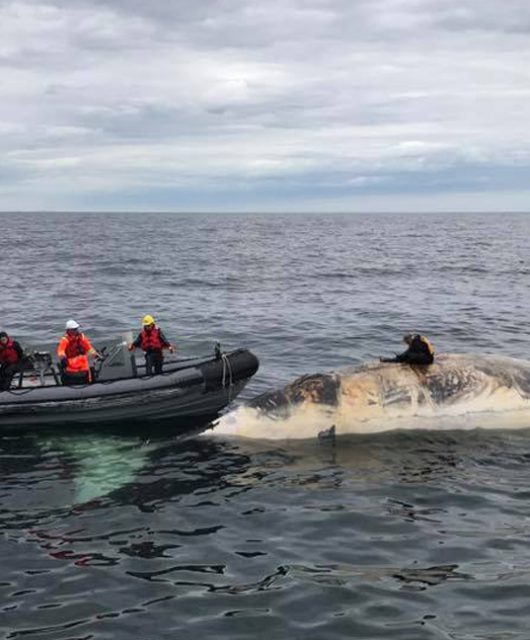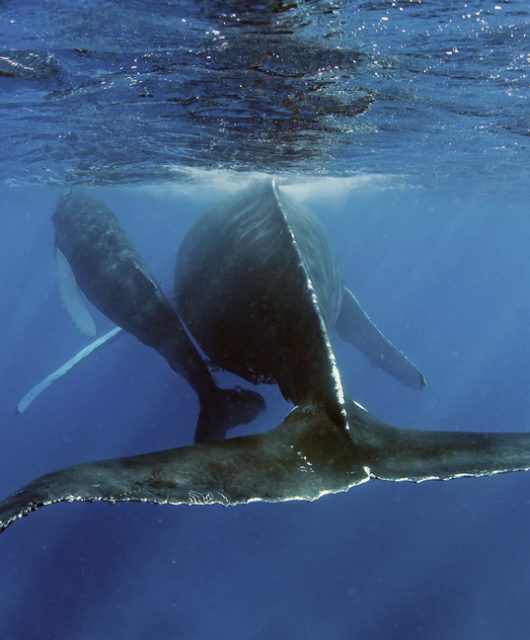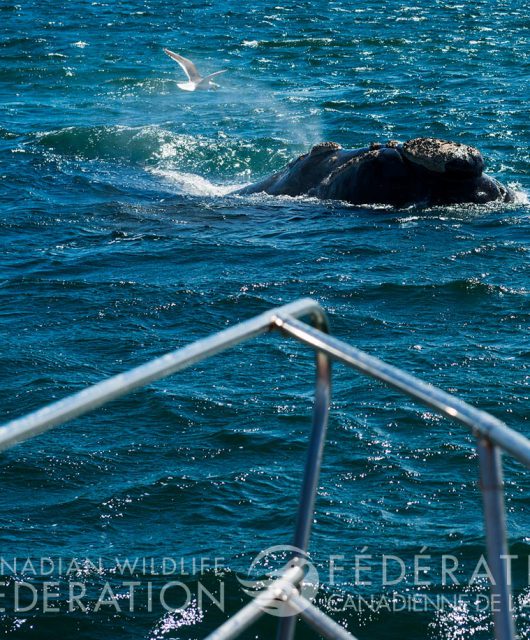There are there are more than 30 species of whales, large and small, that can be found in Canadian waters. Of these, the eight largest are the baleen whales. These include familiar species such as the Blue Whale, Humpback Whale, and several other species that are very different in their looks, the sounds they make, the way they feed, and where they live.
Baleen whales have one feature in common; they have baleen in their mouths instead of teeth. They use this baleen to strain food out of the water they are swimming through. Some baleen whales eat mostly small fish and shrimp, others mostly feed on tiny crustaceans that float in the ocean, called zooplankton. The reason baleen whales are particularly abundant in Canada is because these types of food thrive in our temperate and Arctic coastal oceans, and are very abundant!
A single whale can eat as much food as the weight of an average sized car (~ 2 000 kilograms) in a single day. Baleen whales are so large and require so much food, that they need to find dense patches of food to eat. Sometimes that means diving to depths of 100 metres or more to eat dense patches of zooplankton that form near the seafloor. Other whales ‘round-up’ small fish or shrimp and swallow the whole group in one big gulp!
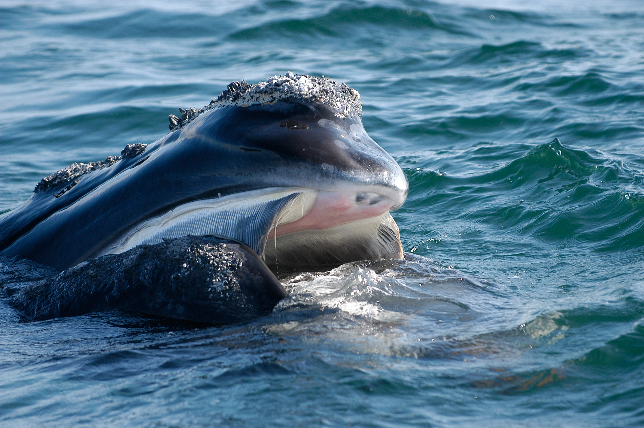
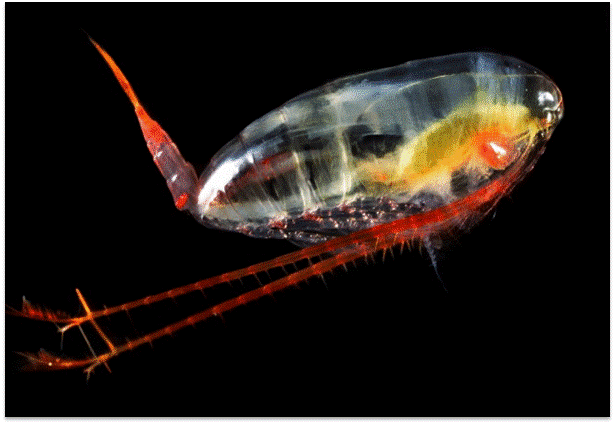
Many whales travel a great distance to find their food of choice. Endangered North Atlantic Right Whales, for example, travel from their breeding grounds off the Florida coast, where they are thought to fast during winter, all the way north up the eastern seaboard to Canada just to feed during summer. Blue Whales are even more mobile, sometimes crossing entire ocean basins! That is a very long journey to find their dinners!
This post was written by:
Sean Brillant, Senior Conservation Biologist, Canadian Wildlife Federation and Kim Davies, Liber Ero Postdoctoral Fellow, Department of Oceanography, Dalhousie University
» Follow the Quest to Find Canada’s Great Whales «

